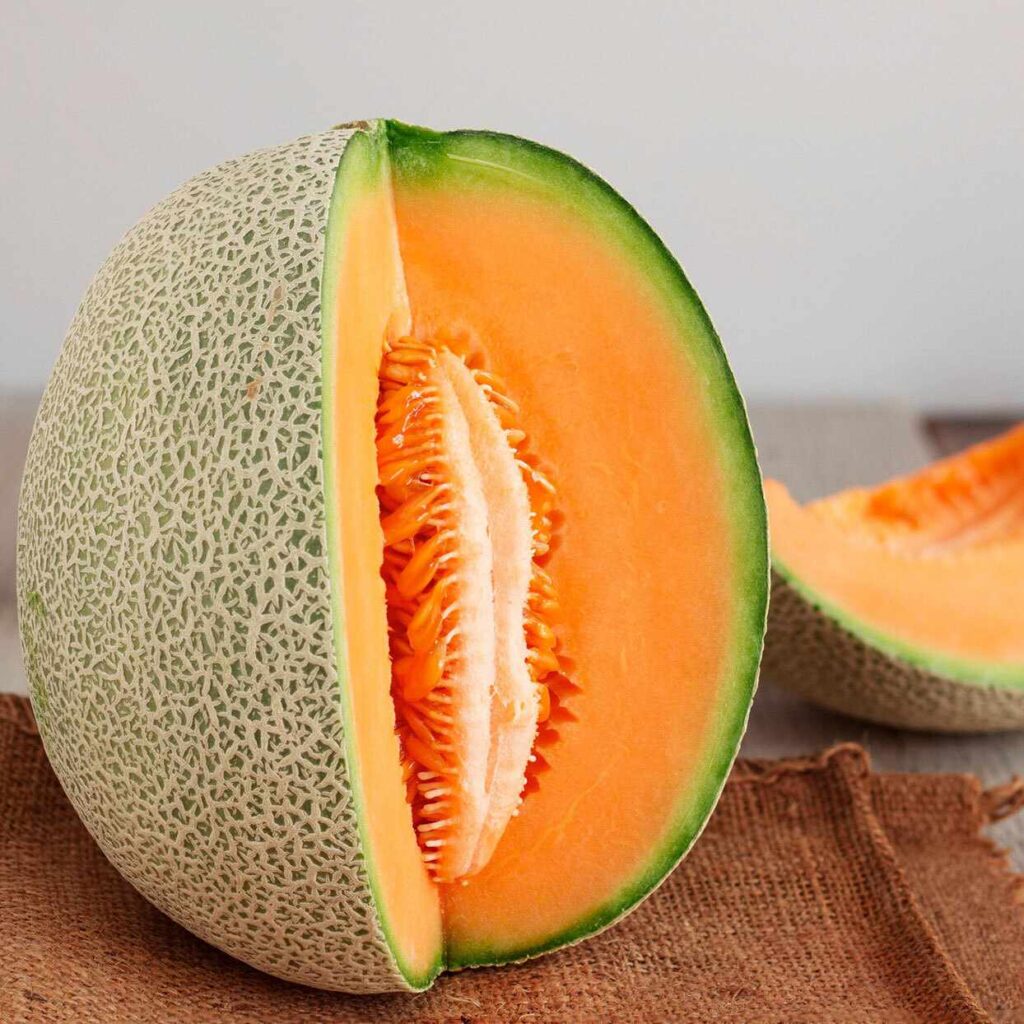How to Pick the Perfect Watermelon: A Comprehensive Guide
Watermelon, a quintessential summer fruit, is a beloved staple in many households. Its refreshing taste, vibrant color, and versatility in culinary applications make it a popular choice for picnics, barbecues, and casual gatherings. However, selecting the right watermelon can be a bit of a challenge, as there are several factors to consider to ensure you end up with a sweet, juicy, and flavorful fruit. In this comprehensive guide, we’ll explore the art of picking the perfect watermelon, providing you with the knowledge and tips to make the most of this delightful summer delight.
Understanding Watermelon Varieties
Before delving into the selection process, it’s important to understand the different varieties of watermelons available. While the classic green-striped watermelon is the most widely recognized, there are several other varieties that offer unique characteristics and flavors:
- Seeded Watermelons: These are the traditional watermelons with black seeds throughout the flesh.
- Seedless Watermelons: These watermelons have been bred to produce little to no seeds, making them a convenient and easy-to-eat option.
- Mini Watermelons: Also known as “personal” or “icebox” watermelons, these smaller varieties are perfect for individual servings or smaller households.
- Yellow/Orange Watermelons: These less common varieties offer a different color and sometimes a slightly sweeter flavor than the traditional red watermelon.
Knowing the different types of watermelons can help you make an informed decision based on your personal preferences and the intended use of the fruit.
Selecting the Perfect Watermelon
When it comes to picking the perfect watermelon, there are several key factors to consider:
1. Appearance
- Color: Look for a watermelon with a deep, vibrant green rind. Avoid watermelons with pale, dull, or yellowish rinds, as they may be overripe.
- Symmetry: Choose a watermelon that is symmetrical in shape, without any major dents, bruises, or cuts on the rind.
- Underside: Examine the underside (the part that rested on the ground) – it should have a creamy yellow or white spot, indicating that the watermelon is ripe.
2. Weight and Texture
- Weight: Pick up the watermelon and assess its weight. A ripe watermelon should feel heavy for its size, indicating a high water content and juiciness.
- Texture: Gently press the watermelon with your thumb. It should be firm, with a slight give, rather than hard or overly soft.
3. Sound
- Thumping: Gently tap the watermelon with your knuckles. It should produce a hollow, dull thud, rather than a sharp, high-pitched sound, which may indicate an unripe or overripe fruit.
4. Stem
- Stem Condition: The stem should be dry and brown, not green, which suggests the watermelon was recently picked.
5. Ripeness Indicators
- Field Spot: Look for a creamy yellow or white spot on one side of the watermelon, which indicates the spot where it rested on the ground and ripened.
- Webbing: Examine the watermelon for a slight webbing or netting pattern on the rind, which is a sign of increased sweetness.
By considering these factors, you can increase your chances of selecting a ripe, flavorful, and juicy watermelon that will satisfy your taste buds.
Storing and Handling Watermelons
Once you’ve selected the perfect watermelon, it’s important to store and handle it properly to maintain its freshness and quality.
Storing Watermelons
- Whole Watermelons: Whole, uncut watermelons should be stored at room temperature, out of direct sunlight. Avoid placing them in the refrigerator, as the cold temperature can cause the flesh to become watery and lose flavor.
- Cut Watermelons: Once the watermelon is cut, it should be stored in the refrigerator, either in an airtight container or wrapped tightly in plastic wrap. This will help preserve the fruit’s freshness and prevent it from drying out.
Handling Watermelons
- Lifting: When moving a whole watermelon, always lift it from the bottom, supporting the entire fruit to avoid damaging the rind.
- Cutting: Use a sharp knife to cut the watermelon in half or into slices. Avoid cutting it on a hard surface, as this can cause the rind to crack or the flesh to become bruised.
- Serving: Serve chilled watermelon slices or cubes, either on its own or in salads, smoothies, or other refreshing summer dishes.
By following these storage and handling guidelines, you can ensure that your watermelon remains fresh, juicy, and flavorful for as long as possible.
Frequently Asked Questions (FAQ)
- What are the different varieties of watermelons?
- The main varieties of watermelons include seeded, seedless, mini (personal or icebox), and yellow/orange watermelons.
- How can I tell if a watermelon is ripe?
- Look for a deep green rind, a creamy yellow or white spot on the underside, a hollow thud when tapped, and a heavy weight for its size.
- Should I store a whole watermelon in the refrigerator?
- No, whole, uncut watermelons should be stored at room temperature, out of direct sunlight. Once cut, the watermelon should be stored in the refrigerator.
- How can I tell if a watermelon is fresh?
- Look for a symmetrical shape, a firm texture, and a dry, brown stem. Avoid watermelons with pale, dull rinds or visible bruises or cuts.
- What is the best way to cut a watermelon?
- Use a sharp knife and cut the watermelon in half or into slices, avoiding cutting it on a hard surface to prevent damage to the rind and flesh.
- How long can a cut watermelon be stored in the refrigerator?
- Cut watermelon can be stored in the refrigerator, in an airtight container or wrapped tightly in plastic wrap, for up to 3-5 days.
- Can I freeze watermelon?
- Yes, you can freeze watermelon. Cut the watermelon into cubes or slices, place them on a baking sheet, and freeze until solid. Then, transfer the frozen watermelon to an airtight container or freezer bag.
- What are the benefits of eating watermelon?
- Watermelon is a hydrating fruit that is rich in vitamins, minerals, and antioxidants, such as lycopene. It can help with hydration, support skin health, and potentially reduce the risk of certain diseases.
- Can I use an overripe watermelon?
- While an overripe watermelon may still be edible, it may have a mealy texture and less flavor. It’s best to use watermelons that are perfectly ripe for the best taste and texture.
- How can I tell if a watermelon is genetically modified?
- There is no reliable way for consumers to determine if a watermelon is genetically modified based on its appearance or taste. Watermelons sold in the United States are required to be labeled if they are genetically engineered.
Comparison of Watermelon Varieties
| Variety | Characteristics |
|---|---|
| Seeded Watermelon | – Traditional watermelon with black seeds throughout the flesh – Offers a classic watermelon flavor and texture |
| Seedless Watermelon | – Bred to produce little to no seeds – Convenient and easy to eat |
| Mini/Personal Watermelon | – Smaller in size, perfect for individual servings or smaller households – May have a slightly different flavor profile |
| Yellow/Orange Watermelon | – Less common variety with a different color flesh – Sometimes sweeter in flavor than traditional red watermelons |
Source: USDA – Watermelon Varieties
Conclusion
Selecting the perfect watermelon is an art that requires a keen eye, a discerning touch, and a bit of knowledge about the different varieties and their characteristics. By understanding the factors to consider, such as appearance, weight, texture, and ripeness indicators, you can increase your chances of finding a sweet, juicy, and flavorful watermelon that will delight your taste buds and satisfy your summer cravings.



